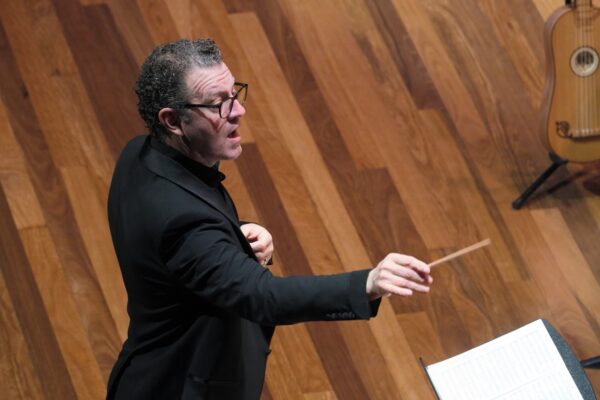
Music / Voices of the Italian Baroque by Sydney Philharmonia Choirs. At Snow Concert Hall, August 24. Reviewed by MICHELLE POTTER.
Anyone who has travelled to Italy, whether to Venice, Florence, Rome, Milan, Verona, the Vatican or elsewhere, will have come into contact with Baroque art and architecture and have absorbed those features that make it so distinctive.
Seen mostly, but definitely not exclusively, in churches, Baroque art is characterised in particular by highly theatrical and decorative elements and, using a variety of methods, by setting up connections between the art work and the viewer. So, I couldn’t help wondering whether music that is defined as Baroque had similar characteristics.
The chance to think further along these lines came when Sydney Philharmonia Choirs presented Voices of the Italian Baroque in Canberra, a one performance only in the relatively new venue of the Snow Concert Hall.
Led by conductor Brett Weymark, the performing group consisted of the Sydney Philharmonia Baroque Ensemble, a group of five musicians playing a variety of instruments connected with the Baroque era, and a choir of around 40 singers. Voices of the Italian Baroque presented six compositions by composers whose work spanned the 150 or so years that are identified as Italian Baroque.

While all three items in the first half of the program, one each by Giovanni Gabrieli, Claudio Monteverdi and Giacomo Carissimi, had certain Baroque-style characteristics, it was Carissimi’s quite short (about six minutes) Dixit Dominus that captured my instant attention.
In a beautifully energetic performance, the musicians and singers gave voice to Carissimi’s theatrical, somewhat boisterous composition. Weymark’s conducting became exciting to watch as he delved into a movement with body and baton that was quite different from his previous, less active style.
The second half of the program consisted again of three works this time representing the output of Antonio Caldara, Domenico Scarlatti and Antonio Lotti and it was the Scarlatti’s Stabat Mater, especially the highly dramatic ending, that attracted me.
The intensity of those final moments reflected the theatricality of Baroque art and, in this case, reminded me of one of the most beautiful Italian Baroque sculptures — Gian Lorenzo Bernini’s Saint Teresa in Ecstasy in a church in Rome. The sculpture depicts the swooning, ecstatic state of Saint Teresa as she is about to be speared by an angel.
The final part of Stabat Mater captured something of that ecstasy as male and female voices joined together to repeat over and over the word Amen. It was powerful singing and had the same kind of drama that the Bernini sculpture presents as one stands before it.
Weymark said in his opening remarks that Sydney Philharmonia Choirs, which consist of three auditioned and three community choirs, had not visited Canberra for 10 years.
Voices of the Italian Baroque was an expertly curated program and Canberra audiences must hope that the company doesn’t wait another 10 years before returning. And a personal shout out to the tenors in the choir. There were several times when their voices were highlighted and they made their mark with quite beautiful feeling and intensity.
Who can be trusted?
In a world of spin and confusion, there’s never been a more important time to support independent journalism in Canberra.
If you trust our work online and want to enforce the power of independent voices, I invite you to make a small contribution.
Every dollar of support is invested back into our journalism to help keep citynews.com.au strong and free.
Thank you,
Ian Meikle, editor
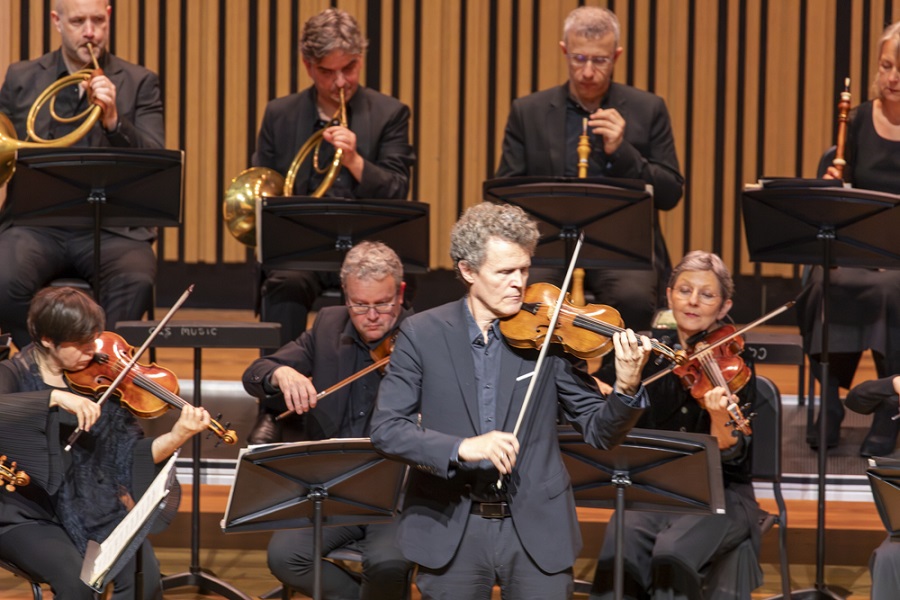
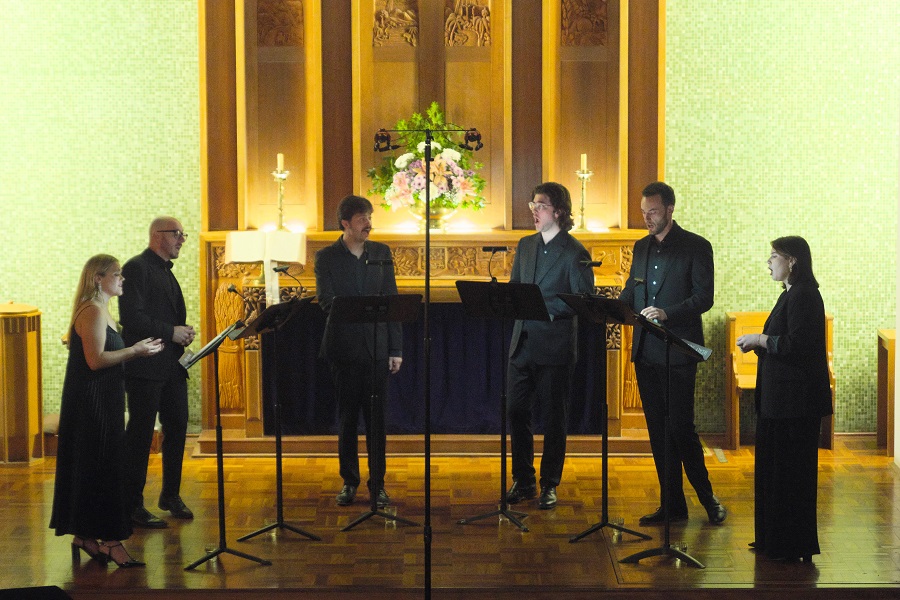
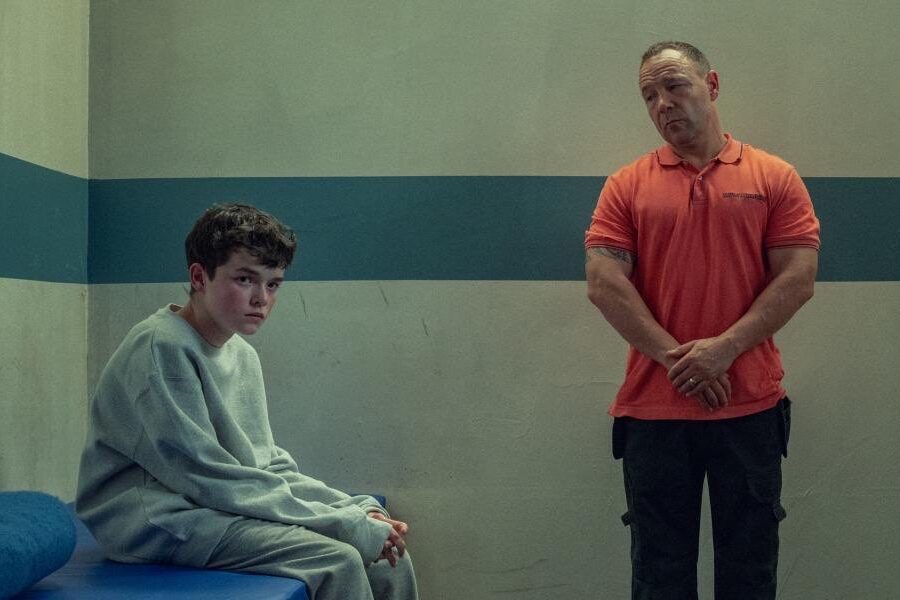
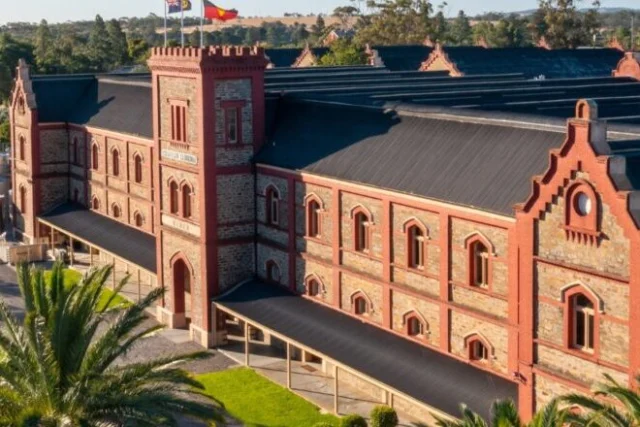


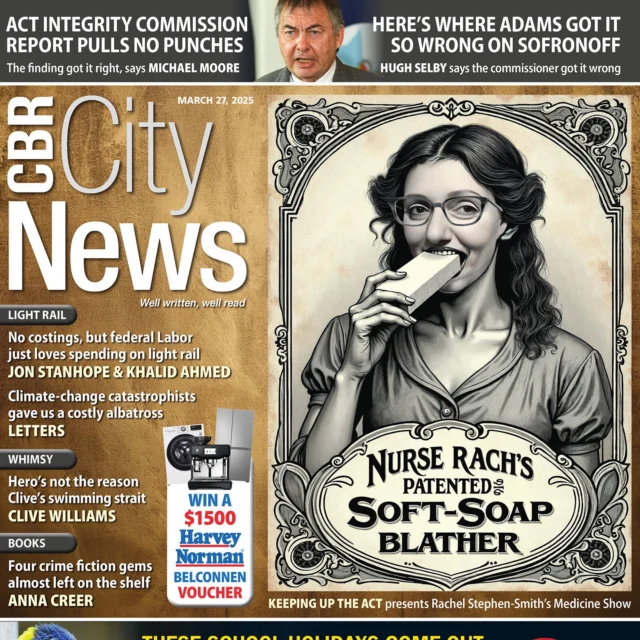

Leave a Reply